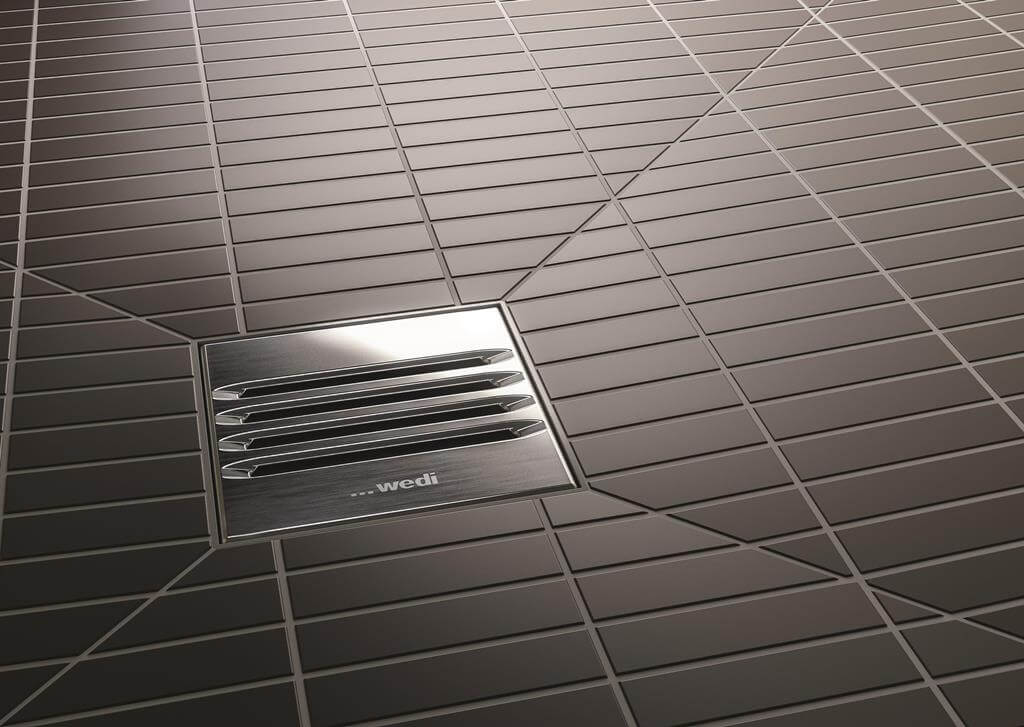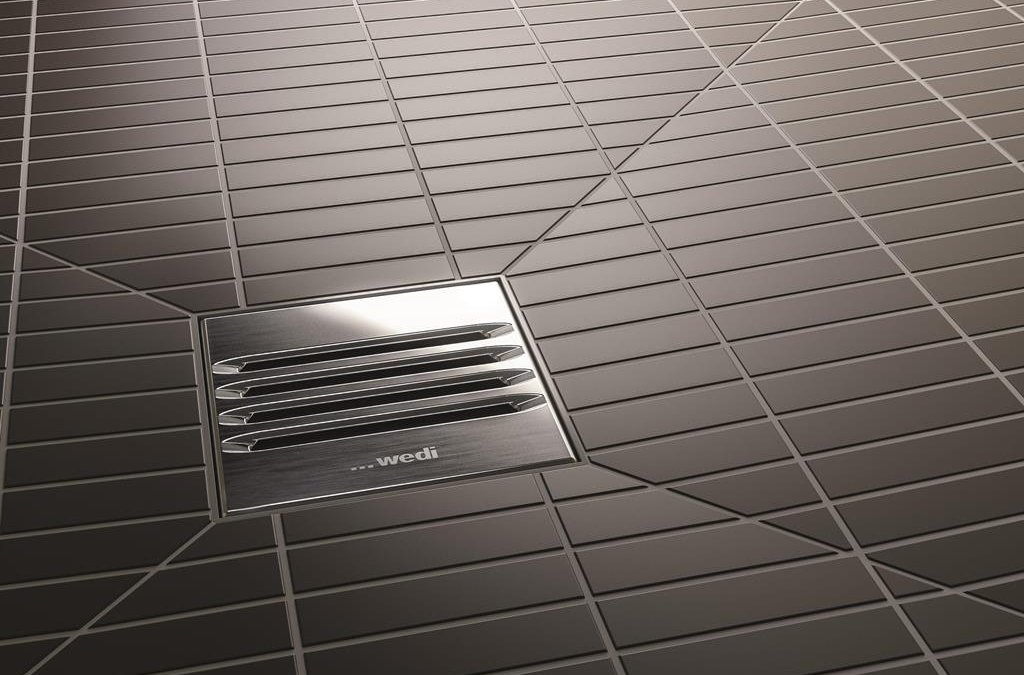
Drainage is the technique of draining surface or subsurface water from a specified region. Drainage systems encompass all of the pipes inside a private or public property that delivers sewage, rainfall, and other liquid waste to a point of disposal. The fundamental purpose of a drainage system is to collect and eliminate waste materials methodically to maintain healthy conditions in a structure. Consult a professional if required before installing or having a system installed, read more.
Drainage systems are meant to dispose of wastewater as soon as possible and should prevent gases from sewers and septic tanks from entering residential areas.
Types of Residential Drainage Systems
There are four primary kinds of home drainage systems: surface, subsurface, slope, downspout, and gutters.
Surface Drainage System
For surface drainage to be effective, ditches must be dug in a parallel pattern. The ditches are shallow and will operate as canals for run-off water. The ditches will channel the water toward the main drain or away from the residence to minimize water pooling or flooding. Surface drains are an important requirement if the terrain is flat as water collecting might possibly create difficulties in a region that gets a lot of precipitation. This may be done around buildings, pathways, or roads to prevent water from moving away from the structure.
Subsurface Drainage System
The main notion behind subsurface drains is that they are positioned under the top layer of soil. This eliminates surplus water from soil at the root level that has gotten waterlogged. If roots lie in water too long, they will begin to degenerate and ultimately the plant on your nichiha sliding or tree will expire from too much water. The method to construct subsurface drains entails excavating deep ditches and laying pipes underground. A huge collector drain must also be erected so the water can be collected from the pipes. In most places, a sump pump will also be necessary in order to drive the water through the pipes. These may create interruptions in the soil and the normal aeration of the soil as well as plant respiration. This is also known as the French drain.
Downspout and Gutter System
The downspout is attached to the gutter system of a building or residence and conducts water away from the roof down to the ground. The form of the downspout pipes might be circular or rectangular and are made of copper, aluminum or steel. The objective of the downspout is to gather the water from the gutters and channel it to the ground. Most downspouts will empty out on a slope so the water will not pool at the base of the downspout.
Slope Drainage System
Slope drains enable water to typically pursue its natural route away from the building and with the help of pipes traveling down a slope. A pipe is placed and then anchored into a tiny slope so the water will follow gravity through the pipe and away from the building. The pipe migto ht be metal plastic, steel or concrete and will be covered with a robust grate to protect humans and animals from falling into it.
Why is it necessary to construct drainage around your home?
Maintain an aesthetically pleasing landscape
If your yard or garden has stagnant water, it may cause harm to your grass, trees, and flowers. Plant life will perish if submerged for an extended period of time. Additionally, rodents and insects may develop, which may promote illnesses and germs. Additionally, excess wetness acts as a welcome mat for termites. Additionally, soil erosion, dry spots, and puddles contributed to the ugly appearance of your outdoor area.
Safeguard your foundation
When your legs are not strong and healthy, the rest of your body becomes vulnerable to falls. Without a strong foundation, your house will collapse. It is the most vital component of your house, since everything else is built on top of it. Regrettably, incorrect drainage might jeopardize it.
If storm water is not properly diverted or if you have other drainage issues, your foundation may become unstable. Water that seeps in at the top of your foundation may cause a wet sill plate, which can transfer the moisture upward to your floors and walls.
Utilize your property’s water resources more effectively
Snowfall and rainfall runoff will occur. That cannot be changed. What may change is your perspective on it and how you utilize it. Conservation may play a significant part in the overall design of your outdoor area. You may collect it to water plants and grass, create a birdbath, or utilize it for drinking if your drainage system also filters the water so that you can relax and watch a movie.
Conclusion
Residential drainage systems are required for every house or structure to avoid floods, rot, mold, mildew, and structural damage caused by excess moisture. Typically, drainage problems may be identified and then quickly resolved. Even if there is no pooling of water or floods, there may be a gradual leak that causes severe harm. All houses should have a gutter and downspout system installed. If additional drainage systems are required, thoroughly investigate each one and choose the one that is ideal for the house.
James Anderson
Related posts
Stay connected
Today's pick
- Things to Remember While Designing Your Custom Modular Kitchen in GurgaonGurgaon now known as Gurugram is the second largest city in the state of Haryana and is a reflectiossn of an ideal modern city with futuristic goals. Witnessing rapid urbanization, it has also emerged as a hub for contemporary homes, with homeowners seeking innovative and... The post Things to Remember While Designing Your Custom Modular […]

